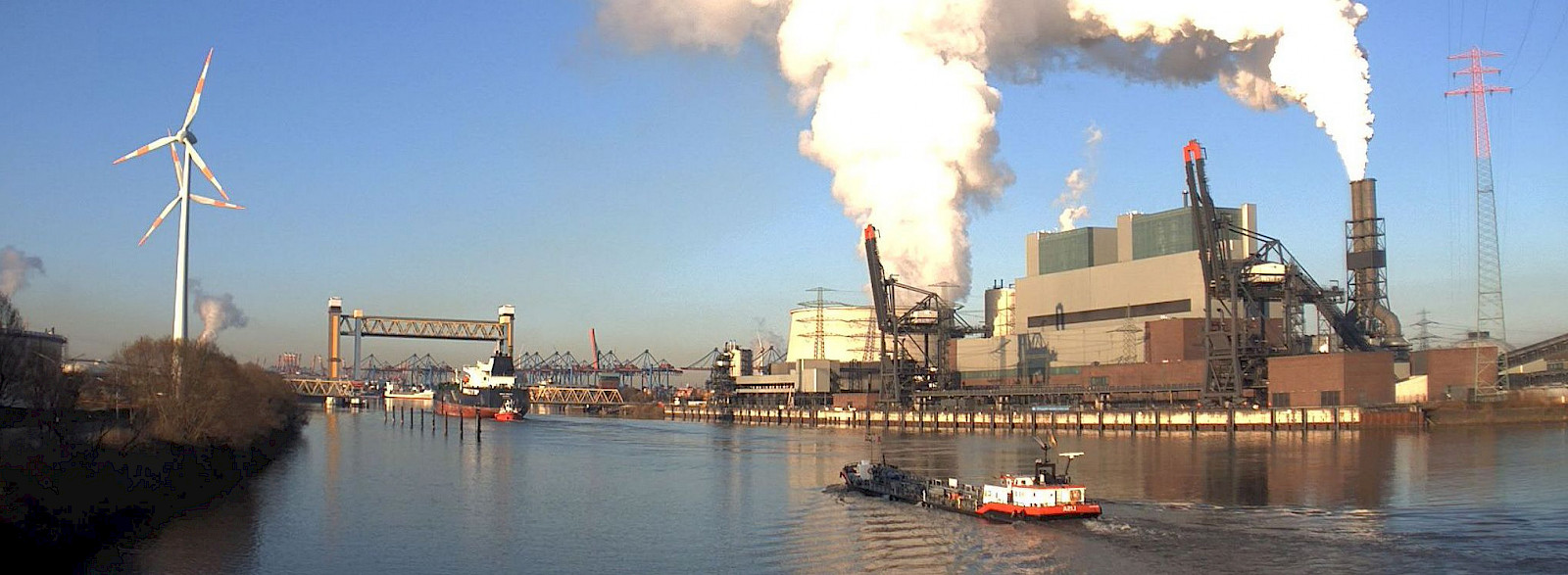Greenhouse gas balances (GHG) / Climate protection statements for road construction projects or development plans
The greenhouse gas emissions generated by a construction project are made up of several contributions. Against this background, GHG balances (greenhouse gas) and statements on the effects on climate protection must be drawn up in the context of road and development plans, for example. But other infrastructure measures are also affected. For example, when constructing and operating railway, tram, electricity or telecommunications networks, the impact of the project on greenhouse gases is scrutinised.
We base our work on the current recommendations and methods of the The Research Association for Road and Transportation Engineering e. V. (FGSV) and the Federal Environment Agency.
We can work on the following focal points:
1. balancing traffic-related GHG emissions (operational phase) (for traffic-related plans, in some cases also for development plans)
2. balancing the GHG emissions from the life cycle of the project:
- from construction and, if applicable, demolition of roads, bridges, tunnels or buildings, etc.
- from the operation and maintenance of infrastructure (lighting, repair, maintenance) or buildings (energy and hot water supply)
3. discussion or, if applicable, balancing of GHG emissions from land use changes.
This allows a holistic view of the respective project to be taken, which includes the emissions of various sectors within the meaning of the Federal Climate Protection Act and reports them separately. In addition to climate-relevant CO2, other greenhouse gases such as methane and nitrous oxide are also analysed, which are included with the corresponding impact factors with regard to the CO2 global warming potential. The balancing of operational GHG emissions is therefore based on CO2 equivalents.
The level of detail of the analyses is adapted to the respective planning stage (e.g. preliminary planning/comparison of variants, approval planning).
Background
In June 2021, the Bundestag passed the amended Federal Climate Protection Act (amendment by law dated 18 August 2021, Federal Law Gazette I p. 3905). The new law brings forward the target of climate neutrality by five years to 2045. The path to achieving this is set out with binding targets for the 20s and 30s. The interim target for 2030 will be increased from the current 55 per cent to 65 per cent greenhouse gas reduction compared to 1990. A new interim target of 88 per cent reduction applies for 2040.
The purpose of the Federal Climate Protection Act (KSG) is to ensure the fulfilment of national climate protection targets and compliance with European targets. The basis for this is the obligation under the Paris Agreement based on the United Nations Framework Convention on Climate Change. This states that the increase in the global average temperature should be limited to well below 2 degrees Celsius and, if possible, to 1.5 degrees Celsius compared to pre-industrial levels in order to minimise the effects of global climate change. This is also intended to support Germany's commitment at the UN Climate Summit on 23 September 2019 in New York to pursue greenhouse gas neutrality as a long-term goal by 2050 (Federal Climate Protection Act).
In terms of the exemplary function of the public sector, a so-called consideration requirement is formulated in Section 13 of the KSG:
- In their planning and decision-making, the public authorities shall take into account the purpose of this Act and the objectives defined for its fulfilment. The powers of the Länder, municipalities and associations of municipalities to organise the requirement to take account within their respective areas of responsibility shall remain unaffected. The planning, selection and implementation of investments and procurement at federal level shall be based on a CO2 price, at least the minimum price or fixed price applicable under Section 10(2) of the Fuel Emissions Trading Act, for the avoidance or causation of greenhouse gas emissions.
- In the planning, selection and implementation of investments and in procurement, the Federal Government shall examine how each of these can contribute to achieving the national climate protection targets pursuant to Article 3. If several realisation options are possible, preference shall be given to those that can achieve the goal of reducing greenhouse gas emissions at the lowest cost over the entire life cycle of the measure, taking into account other relevant criteria relating to the goal of the respective measure. Additional costs should not be disproportionate to their contribution to greenhouse gas reduction. Insofar as provisions of public procurement law are applicable, these must be observed.
- When applying cost-effectiveness criteria, comparative analyses shall be based on the costs and savings incurred by the Federal Government over the entire life cycle of the investment or procurement in question.

